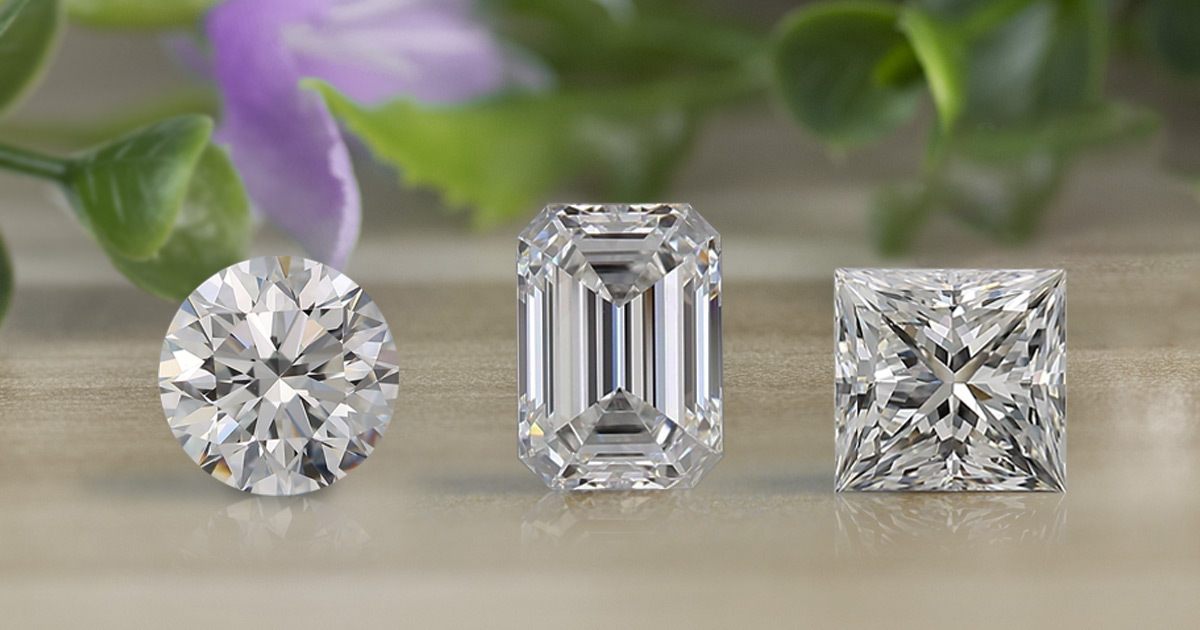Table of Contents
Introduction: Unveiling the Ethical Brilliance of Lab Diamonds
In the realm of luxury and elegance, diamonds have always reigned supreme. However, as awareness grows about the environmental and ethical concerns surrounding traditional diamond mining, an alternative has emerged: lab-grown diamonds. These diamonds, cultivated in controlled laboratory environments, offer a sparkling solution that satisfies both conscience and aesthetic.
Understanding Lab Diamonds: The Science Behind the Sparkle
Lab diamonds, also known as synthetic or cultured diamonds, are created through advanced technological processes that replicate the natural conditions under which diamonds form in the earth’s crust. High-pressure lab grown diamonds, high-temperature (HPHT) and chemical vapor deposition (CVD) are the two primary methods used to produce these exquisite gems.
HPHT Method:
In the HPHT method, a small diamond seed is placed into a carbon source and exposed to extreme pressure and temperature, mimicking the natural diamond formation process. Over time, carbon atoms bond to the seed, gradually building up layers of crystal structure until a diamond of desired size and quality is formed.
CVD Method:
In the CVD method, a diamond seed is placed in a chamber filled with a carbon-rich gas, such as methane. Through the application of extreme heat, the gas breaks down, and carbon atoms are deposited onto the seed, layer by layer, resulting in the growth of a diamond crystal.
Advantages of Buying Lab Diamonds
- Ethical Sourcing: Lab diamonds are conflict-free, ensuring that your purchase does not contribute to human rights abuses or environmental degradation associated with traditional diamond mining.
- Environmental Impact: Unlike traditional mining, which involves extensive land excavation and disruption of ecosystems, lab diamond production has a significantly lower environmental footprint, with minimal land and water usage.
- Quality and Purity: Lab diamonds exhibit the same physical, chemical, and optical properties as natural diamonds, offering identical brilliance, clarity, and durability. Moreover, they are free from the impurities often found in mined diamonds, ensuring a higher level of quality and consistency.
- Affordability: Lab diamonds typically cost 20-40% less than their mined counterparts, making them an attractive option for budget-conscious consumers without compromising on quality or beauty.
Factors to Consider When Buying Lab Diamonds
1. Cut: The cut of a diamond greatly influences its sparkle and brilliance. Look for well-proportioned cuts that maximize light reflection and dispersion.
2. Clarity: Assess the diamond’s clarity, which refers to the presence of internal flaws or inclusions. Lab diamonds are generally cleaner and have fewer imperfections than mined diamonds.
3. Color: While most lab diamonds are nearly colorless, some may exhibit faint hues. Choose a color grade that aligns with your preferences and desired aesthetics.
4. Carat Weight: Determine the carat weight based on your budget and style preferences. Remember that smaller carat weights may appear larger when set in certain designs.
Conclusion: Illuminate Your Life with Lab Diamonds
In conclusion, the decision to buy lab diamonds transcends mere aesthetics; it is a commitment to ethical consumption and environmental stewardship. With their impeccable quality, stunning brilliance, and guilt-free origins, lab diamonds offer a truly radiant choice for those seeking beauty with a conscience.
So, whether you’re commemorating a special occasion or simply indulging in a timeless luxury, consider the ethical brilliance of lab-grown diamonds and illuminate your life with sparkle that shines from within.

